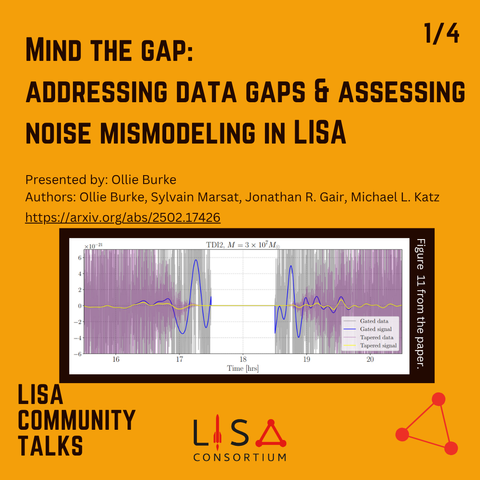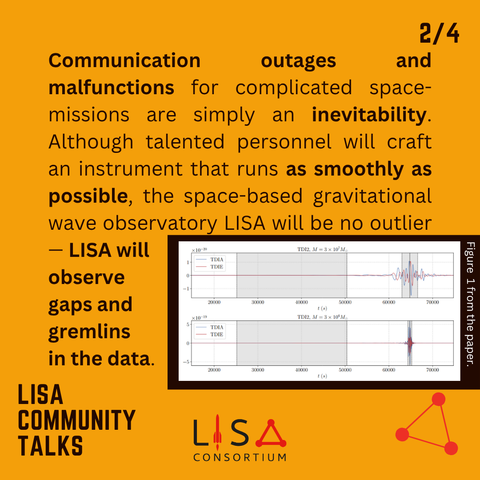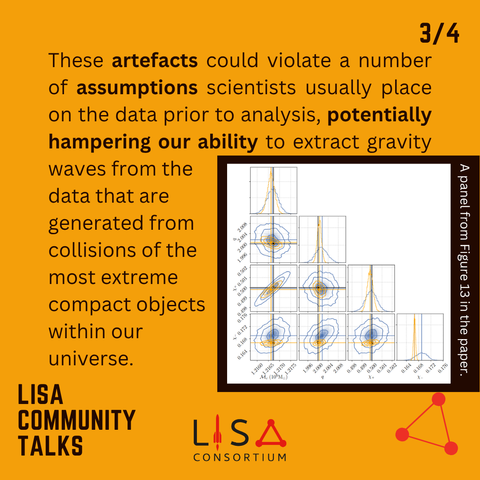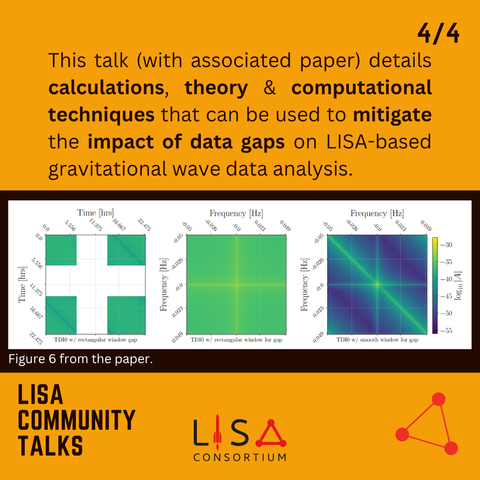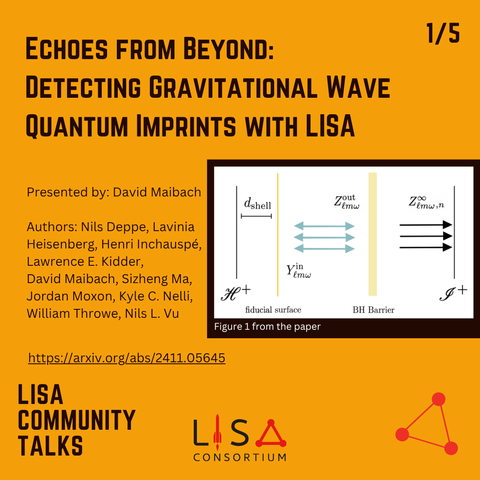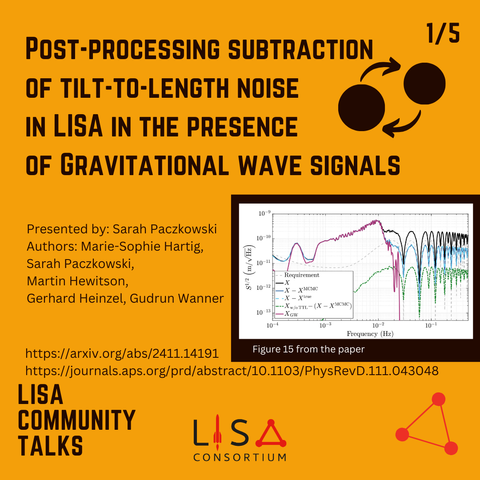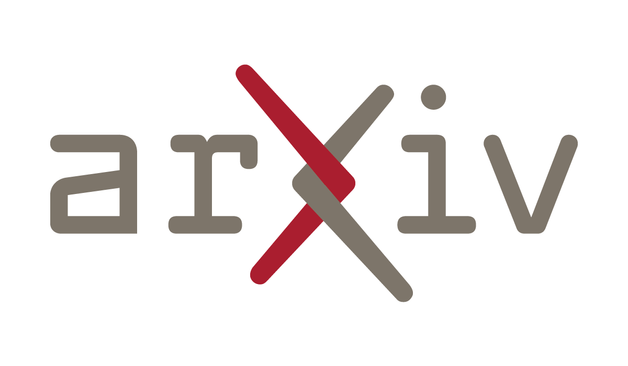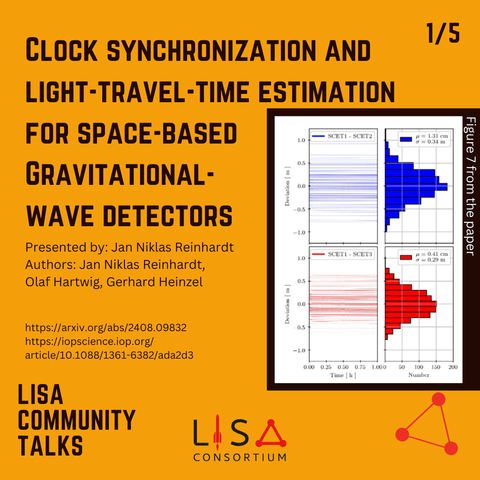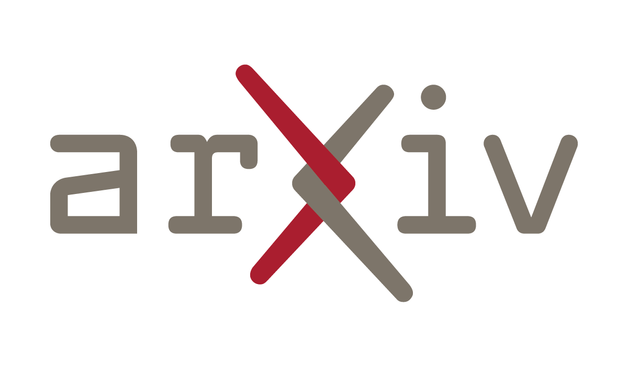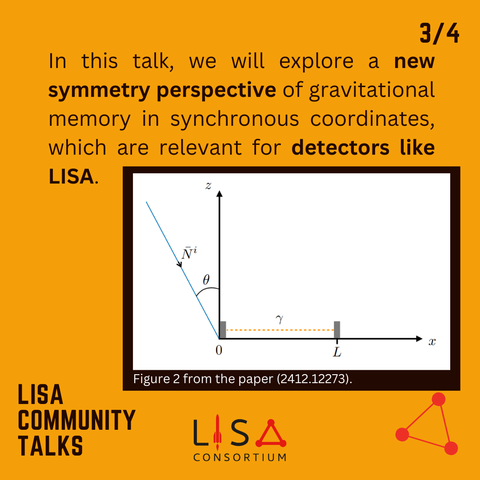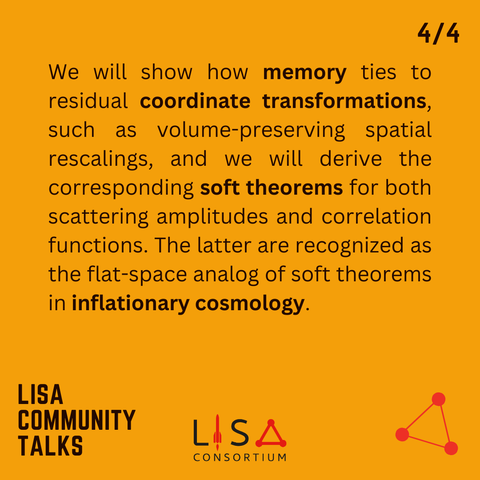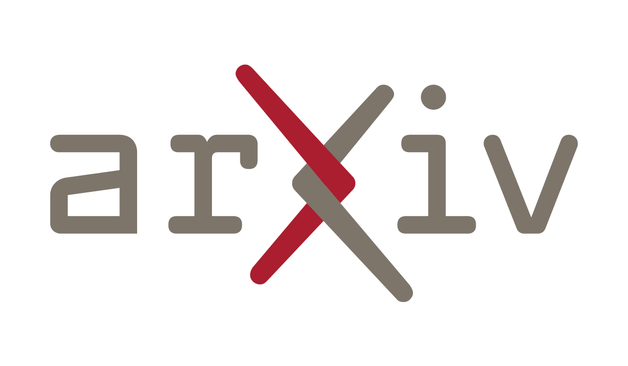The #LISACommunity recently hosted a talk by Ollie Burke about a paper by Ollie Burke, Sylvain Marsat, Jonathan R. Gair, Michael L. Katz: "Mind the gap: addressing data gaps and assessing noise mismodeling in LISA", which can be found here 👉 https://arxiv.org/abs/2502.17426
Here's a summary of the paper:
"Communication outages and malfunctions for complicated space-missions are simply an inevitability. Although talented personnel will craft an instrument that runs as smoothly as possible, the space-based gravitational wave observatory LISA will be no outlier — LISA will observe gaps and gremlins in the data. These artefacts could violate a number of assumptions scientists usually place on the data prior to analysis, potentially hampering our ability to extract gravity waves from the data that are generated from collisions of the most extreme compact objects within our universe. This talk (with associated paper) details calculations, theory and computational techniques that can be used to mitigate the impact of data gaps on LISA-based gravitational wave data analysis."
